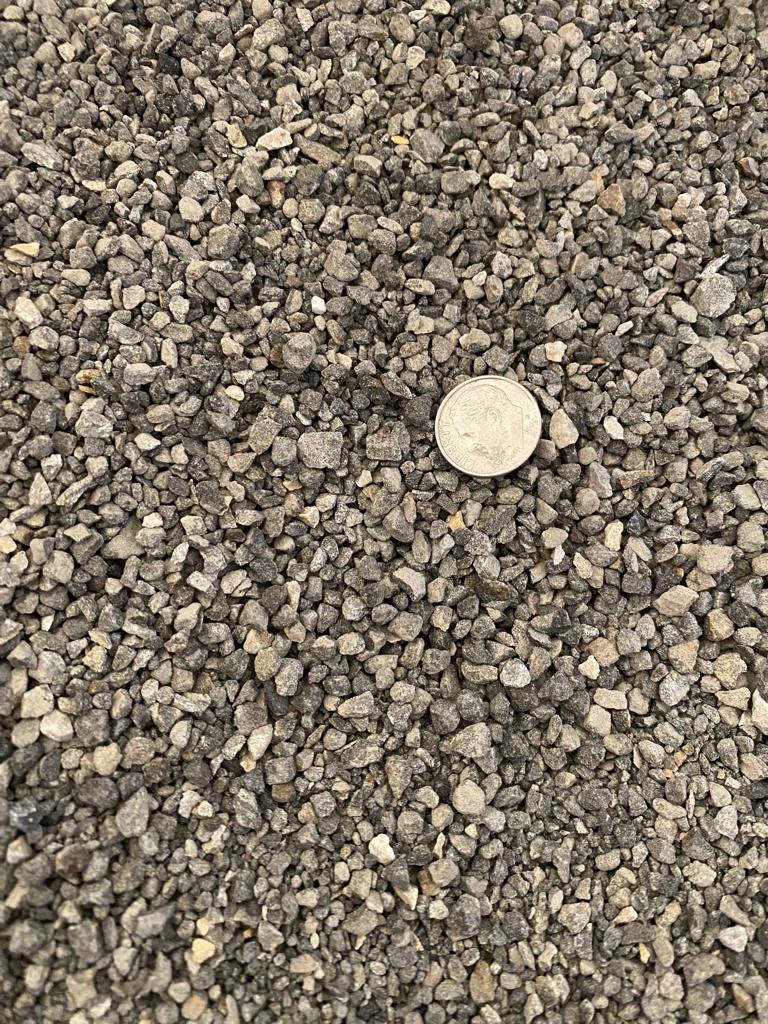
Phosphate Rock

Phosphate Rock is an excellent natural source of phosphorus, calcium and many essential trace elements. It contains over 24 percent total phosphate (12 percent available) and 28 percent calcium. Phosphate rock has approximately one fifth the neutralizing power of lime.
Natural rock phosphates are from deposits of apatite rock formed eons ago by sea life that left behind fossils and shells composed primarily of calcium phosphates. Over millions of years, the remains accumulated and were subjected to millions of tons of pressure; creating sedimentary rock deposits. One of the richest deposits of apatite rock in the world was discovered in the Southern United States. Most of the phosphates used in modern agriculture, science, and industry are refined from apatite rock.
Phosphate Rock’s consistency is a granular, dustless, very dense material that flows well and can be used through any type of spreading equipment, including rotary type spreaders. Its density is approximately 90# per cubic foot.
Total phosphate content exceeds 24 percent. Most companies that register rock phosphate with the various state departments of agriculture will only guarantee 3 percent as available phosphate (P2O5). However, our phosphate rock guarantees 12 percent available.
Rock phosphate, like greensand, can mineralize the soil and improve the quality of crops and soil structure. However, its principal uses are to build phosphate fertility where levels are low and/or to increase rooting activity in transplants and sprouting seeds. Unlike acidulated phosphates, such as triple super phosphate, Phosphate Rock offers a small percentage of its total phosphate content as immediately available. Large quantities of available phosphate from acidulated phosphates tend to fix or bond to cation (positively charged ion) nutrients in the soil, rendering the phosphate itself unusable, and also locking up the cations. All this occurs before plants have a chance to use much of this very important phosphate. The slow release nature of Phosphate Rock allows plants good opportunity for access before oxidation can occur. Additionally, fewer cation nutrients (such as calcium, magnesium, and potassium) can be bound up by free phosphate ions. Applications of Phosphate Rock can last 5 years or longer, depending on soil conditions.
Phosphate Rock is also often used in landscape and nursery applications to help plants adjust to the stress associated with transplanting. Phosphate Rock cannot burn roots like acidulated phosphate can, and liberal amounts can be applied directly to bare root stock. Phosphates trigger root branching which gives the plant greater access to more of the nutrients it needs.
Application Rates
Phosphate Rock is applied 1-2# (per plant) for tree or shrub transplants and from 500 to 4000# per acre for deficiencies depending on their severity. An accurate soil test is recommended to determine the most appropriate application rate.
OMRI LISTED™ – View OMRI Certificate
For more information, download the product label pdf.
View MSDS
 North Country Organics
North Country Organics
